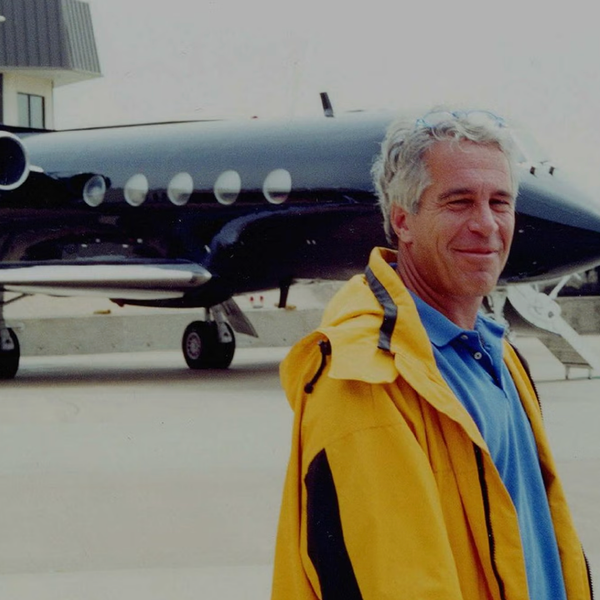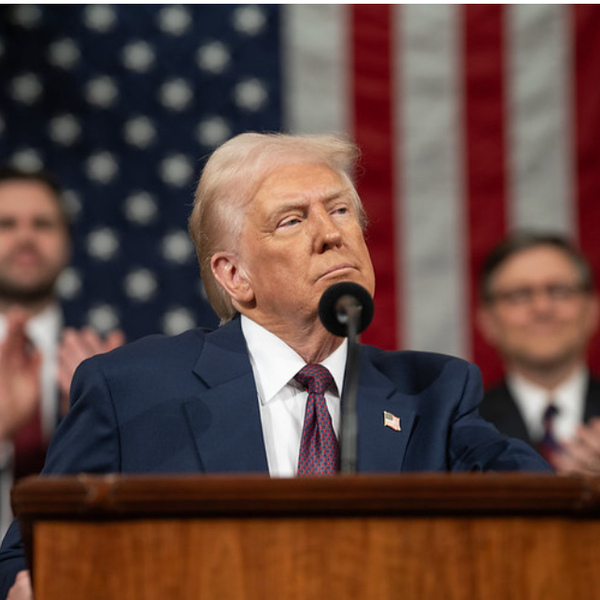Obama’s Asia Trip Yields Better Military Ties But No Trade Concessions

By Stuart Leavenworth, McClatchy Foreign Staff
MANILA, Philippines — President Barack Obama came to Asia with multiple missions: to advance U.S. trade interests, to reassure allies he’d back them in any serious confrontation with China and to rebut critics who dismissed his “pivot to Asia” strategy as being less than pivotal.
He’ll return to Washington on Tuesday partly successful.
In Japan and South Korea, Obama reaffirmed treaty obligations and ties with historic allies. In Malaysia, he made strategic inroads in a country that’s long been one of China’s closest friends in Southeast Asia. In the Philippines, he arrived as the two countries signed a defense cooperation agreement that will give the United States military access to a former American colony that two decades ago ordered the United States out.
At a news conference Monday in Manila, his last press availability in Asia before returning to Washington, the president bragged that “our alliances in Asia have never been stronger.”
But it remains to be seen whether Obama’s good-will trip through Asia will do much to help him at home. For the trip, there were hopes — inflated, some would say — for a breakthrough on a trade liberalization agreement called the Trans-Pacific Partnership. If signed, it would help link U.S. businesses to parts of Asia that generate 40 percent of the world’s economic output.
From all appearances, the president couldn’t get even an oral agreement from Japanese Prime Minister Shinzo Abe on a way for Japan to lower tariffs against certain U.S. imports, a key step in making the trade pact a reality.
“Progress on security is welcome, but it does not compensate for stasis on trade,” said Don Emmerson, a political scientist at the Shorenstein Asia-Pacific Research Center at Stanford University. “If the pivot is to serve American interests as well as Asian ones, it should be about goods and services, not just guns and planes.”
As Emmerson concedes, this was a trip Obama had to make. The president was originally scheduled to travel to Asia last October — visiting Malaysia, the Philippines, Indonesia and Brunei — but the budget impasse in Washington forced him to cancel.
With tensions rising in Asia after China’s assertive territorial moves in the East China and South China seas, Obama decided to do a makeup visit to Japan, Malaysia and the Philippines. He added South Korea when Seoul reportedly squawked about being left out.
After landing in Manila on Monday, Obama was met at the Malacanang presidential palace with a cannon salute and a band that played, among other tunes, the theme to “Beverly Hills Cop.” He then ducked inside the palace with President Benigno Aquino III, wiping his brow on a typically steamy Manila day.
Just before he arrived, U.S. and Philippines officials signed the defense pact, which was negotiated over eight months. It gives U.S. forces greater access to the archipelago than they’ve had since the U.S. naval base at Subic Bay was closed in 1992.
At a news conference Monday, Obama stressed that the 10-year agreement won’t result in a reopening of U.S. bases in the Philippines, a former U.S. colony and ground zero for some of the worst fighting in the Pacific during World War II. But it will allow U.S. forces to rotate through the area, “not simply to deal with issues of maritime security, but also to enhance our capabilities” in case of a natural disaster, he said.
On Tuesday, just before his departure for the United States, Obama recalled in a speech at Fort Bonifacio that Filipino and American soldiers had fought together during World War II and that he had signed legislation in 2009 to ensure that Filipino soldiers who fought under the U.S. flag received U.S. veterans benefits that many had been denied.
“Sadly the service of many of these proud Filipino veterans was never fully recognized by the United States,” Obama said. “Many were denied the compensation they have been promised. It was an injustice.”
It was also a reminder that Filipino and American military ties are generations old.
Repeatedly over the last week, Obama and his aides have rejected suggestions that his security push in Asia is aimed at countering or containing China, which is claiming territorial control over vast swaths of the South China Sea.
Yet that hasn’t stopped the president from making statements that could be interpreted that way. Referring to China’s dispatch of ships to disputed areas of the South China Sea, Obama pointed to the handful of jurisdictional disagreements the United States has with Canada over some “islands and rocks.” “But we don’t go around sending ships and threatening folks,” he said.
Aaron L. Connelly, a Southeast Asia expert based in Australia, said it would be hard to argue that stronger U.S. ties with the Philippines weren’t an effort to help Manila counter Chinese maritime ambitions. “There are aspects of the pivot that are clearly being done with an eye toward China,” said Connelly, a research fellow in the East Asia Program at the Lowy Institute for International Policy in Sydney.
So far, however, the response from Beijing has been muted, other than a commentary from the state-run Xinhua news service Monday that warned that an “emboldened Manila” could upset Obama’s plan for peace in Asia.
“I was surprised that the reaction was so mild,” Connelly said.
He added that he was encouraged that China last week joined more than 20 other nations in agreeing to a framework aimed at ensuring that miscommunication between naval vessels doesn’t develop into a conflict between nations.
Obama also noted that his visit showed that U.S. relations and alliances in Southeast Asia have never been stronger. “As recently as a decade ago, there were great tensions between us and Malaysia,” the president said, a marked contrast to the warm welcome he received from Prime Minister Najib Razak when he visited that nation’s capital, Kuala Lumpur, on Sunday and Monday.
On nearly every stop in Asia, the president offered tributes to victims of disasters, including families who lost loved ones in missing Malaysia Airlines Flight 370 and those who lost family members in the recent Korean ferryboat disaster.
At a state dinner Monday night at Malacanang Palace, the president told the audience that Americans were grieving for victims of the tornadoes and storms that ripped through the U.S. over the weekend. “But we draw strength from your example” in how the Philippines recovered from November’s Hurricane Haiyan, he said.
Charles E. Morrison, the president of the East-West Center in Honolulu, an independent, U.S.-government funded center that promotes better relations among the United States, Asia and the Pacific, said each of these disasters had an upside for the United States, underscoring “the unparalleled capabilities of the U.S. to respond” in an emergency. Disaster aid after Haiyan won over millions of Filipinos, and Malaysia’s prime minister praised the United State for its assistance in searching for MH-370.
Overall, said Morrison, Obama’s trip was a success. He said it was wise of the administration to include Japan and South Korea, since that helped the president prepare for his next trip to Asia, a visit to the Asia-Pacific Economic Cooperation meeting in Beijing in November.
As for the Trans-Pacific Partnership, Morrison said he had few expectations that Obama would be able to land a breakthrough in Tokyo. “The Japanese are the most difficult country to negotiate with because they often let petty interests get in the way of the greater good,” he said in an email exchange.
Stanford’s Emmerson said it was disappointing that the president couldn’t get more commitment from Japan on resolving trade disputes, given the support the White House is lending Tokyo on disputes with China.
“Whether President Obama’s trip to Asia is judged a success or not depends on the criterion used,” he said. “If his administration’s ‘pivot’ to Asia boils down to showing up, he has certainly done that in four Asian countries.”
Junko Kimura-Matsumoto/Jana Press/Zuma Press/MCT








